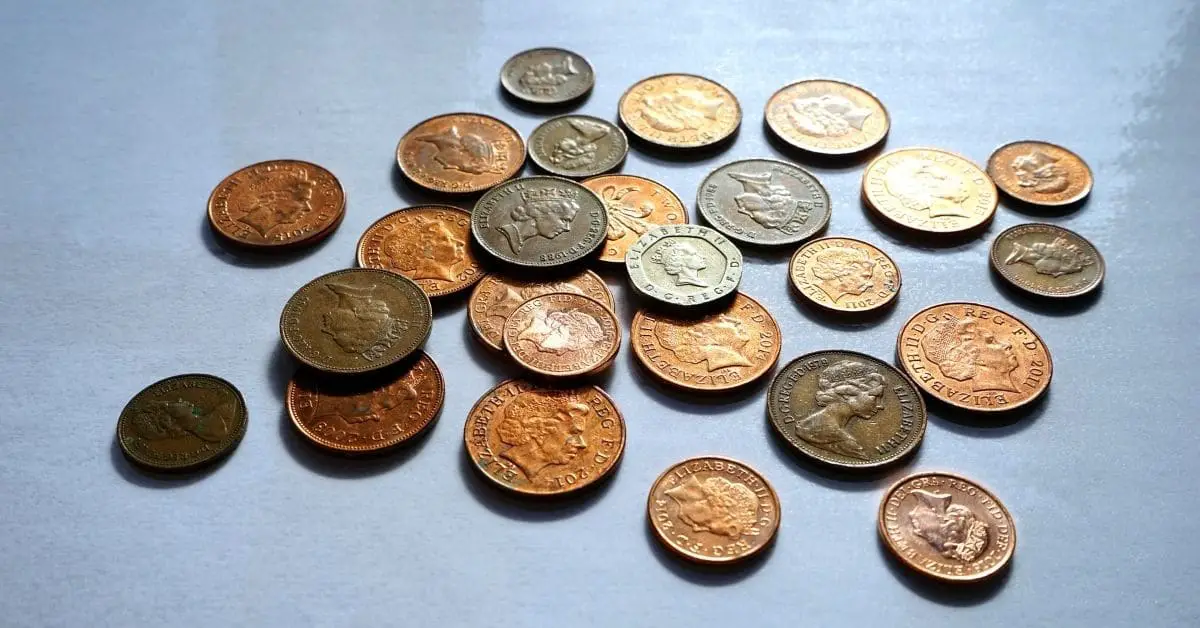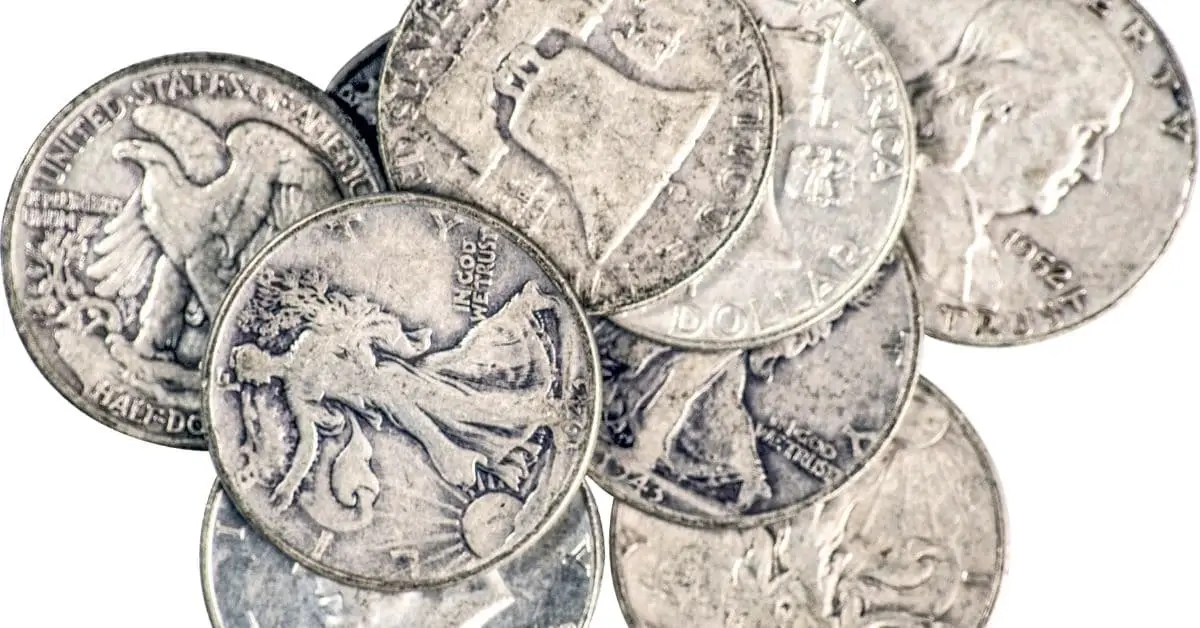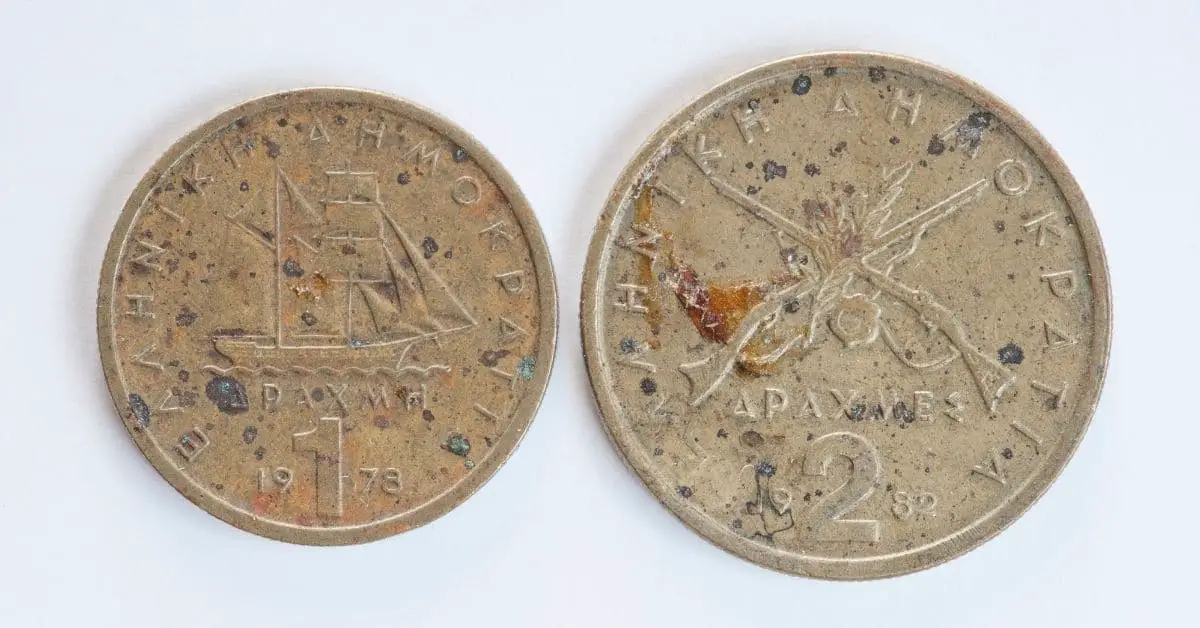Metal detectors are excellent for treasuring hunting through lakes, forests, and other areas, but these incredible tools do have their limits. Some metals are much easier to detect than others, which means there’s a decent number of amazing finds you might be missing. So, what are these difficult-to-find metals, and why do metal detectors have a hard time locating them?
Metal detectors can detect all conductive metals, but some give off stronger signals than others. More conductive, ferrous metals like silver are easily detected, while less conductive or non-ferrous metals with low magnetic permeability, like stainless steel, are harder to detect. However, other factors can affect metal detection.
In this article, we’ll list what metals your metal detector might have a hard time detecting or simply won’t detect at all. In addition to these materials, we’ll list conditions that might be inhibiting your metal detector’s ability to detect even the metals that give off the strongest signals.
What Metals Do Metal Detectors Have Trouble Detecting?

Because all metals have the ability to conduct electricity to some degree, there is no metal your metal detector isn’t completely incapable of detecting. If you were to place any substantial sample of metal directly underneath your search coil, your control box would read it. That being said, there are definitely some metals that are much harder for your metal detector to read, such as metals with minimal electrical conductivity and magnetic capabilities. The question is: which metals fall under this category?
The most common metals that metal detectorists have the most challenging time detecting include:
- Stainless steel
- Aluminum
- Titanium
- Lead
- Brass
This does not mean metal detectors are incapable of detecting these metals. Still, their lack of magnetic capabilities or low electric conductivity poses a significant challenge to the tool, making it easy to miss these materials.
Here is a list of the top five metals your metal detector will have a difficult time locating, what objects you’re likely to find them in, and why these metals don’t transmit electromagnetic fields as strong as others.
Stainless Steel
When searching which metal is the most difficult for a metal detector to detect, stainless steel is almost always the first one listed.
Compared to other metals, stainless steel is a relatively modern material you’ll likely find in buried domestic items, such as silverware/cookware and gardening tools or medical/surgical equipment.
The reason it is so tricky for metal detectors to detect is that it has incredibly poor electric conductivity qualities and low magnetic permeability. This is primarily because stainless steel has an alloy structure consisting of iron, carbon, and chromium. These ferrous materials are one of the only reasons you can detect this metal at all.
Aluminum
As far as this list is concerned, aluminum isn’t the most difficult metal for your metal detector to find (that award goes to stainless steel), but it can pose a challenge to your tool, especially if you don’t have the proper settings.
Aluminum is a non-ferrous material, meaning it doesn’t contain traces of iron or steel, and these materials are harder for a metal detector to locate due to their lack of magnetic properties. Other common non-ferrous metals, like silver, are much easier to locate because they are better conductors for electricity than aluminum.
So, even though you can alter your metal detector’s settings to search for non-ferrous materials, it might still struggle to locate any aluminum that isn’t simply a few inches from the surface.
Another issue your metal detector might have is differentiating any buried aluminum from the more typical samples found in the trash, such as soda cans, aluminum foil, aluminum-lined packaging, etc. If you’re lucky, you’ll find more prominent pieces of aluminum scrap, like bike parts that you can melt down and sell, but otherwise, trying to find this material is usually more frustrating than fruitful.
Titanium
A metal you might have just as much trouble finding as stainless steel is titanium. This metal is notoriously difficult for metal detectors to detect, especially older ones because it is a poor conductor for electricity and is not magnetic.
You’d most likely find titanium in jewelry, construction tools (ex. drill bits), watches, and sports equipment (ex. gold clubs), but you’d most likely have to pay close attention to your settings and wander around very patiently before you find anything of substance.
Lead
Another non-ferrous metal with particularly poor conductivity is lead. Before metal detectors advanced to the level they are today, this was an especially difficult metal to find when out detecting. Its low electrical conductivity capabilities even rival stainless steel, making it a close competitor for the hardest metal for your metal detector to find.
In addition to these obstacles, lead is difficult to find because it is usually found in small quantities, such as a component in paints or cosmetics, or as solder. The largest quantities of lead you’re likely to find are historic bullets, ceramics, or old piping.
It is also toxic, and therefore, too dangerous to use in most modern items, so you’re likely to find it in relics or items made before 1980. This is great news if you’re looking for a valuable find, but you’ll need a fairly new and advanced metal detector to detect it.
Brass
Metal detectorists worldwide love searching for brass objects for their value and long history of use. Some of the oldest relics, like coins, jewelry, and armor, are made of brass, so it isn’t uncommon for people to set their metal detectors to find it. The only problem is that brass is another non-ferrous metal with relatively poor electrical conductivity. While it’s much more conductive than stainless steel or lead, your metal detector might still struggle to find brass objects on a search, especially if you’re using an older or cheaper model.
How Do Metal Detectors Work?
The best way to understand why your metal detector can easily detect some metals over others is to explain how a metal detector works.
Metal detectors work by transmitting an electromagnetic field that is generated within the machine’s control box and transmitted through its search coil. As the electromagnetic field travels through the area under the search coil, any metal with electrical conductivity or magnetic capabilities will become energized by this generated field and retransmit it for your metal detector to read.
Even though all metals can conduct electricity to some extent, many are more conductive than others, allowing some to retransmit the generated electromagnetic field stronger than less conductive metals. There are also several metals that have no magnetic properties, meaning they have little to no magnetic permeability, effectively inhibiting their ability to retransmit an electromagnetic field for detection.
What Metal Is Easiest for a Metal Detector to Detect?

There are two sides to every coin, so if there are metals your metal detector struggles to find, it stands to reason there are metals it can locate with relative ease. So, which metal reigns supreme as the easiest to detect by metal detectors?
Silver is by far the easiest metal for nearly any metal detector to locate. Although silver is a non-ferrous metal that lacks magnetic capabilities, it is by far the most conductive metal on Earth, making it easy for this material to retransmit an electromagnetic field created by a metal detector for quick detection.
Apart from the fact that silver is a precious and valuable metal to find, this is good information for metal detectorists to keep in mind, especially beginners. Setting your metal detector to a metal that is easy to read, like silver, will help you get the hang of using this tool faster and reduce the chances of getting discouraged early on.
While metal detecting isn’t about the value of what you find as much as the find itself. Searching for an easily-detectable metal like silver will increase your odds of finding anything, to begin with. In turn, this will fuel your passion for metal detecting and motivate you to keep searching for more difficult metals and objects.
Conditions That Prevent Metal Detectors From Finding Metals
Factors like magnetic capabilities and electrical conductivity play a substantial role in how easily your metal detector can find certain metals. However, these aren’t the only factors at play. There are several circumstances and conditions that can muddle the signal of even the easiest metals to locate.
Some conditions that can inhibit your metal detector’s ability to detect metals and objects include:
- Burial depth
- Metal size
- Corrosion
- Mineralized soil
Let’s discuss each in more detail so you know what they entail and how you can maybe prevent or overcome these metal detecting obstacles.
Burial Depth
The first factor you might want to consider when purchasing a metal detector is how deep it’s able to transmit and read an electromagnetic field. The deeper any metallic object is buried, the harder it’s going to be for your metal detector to reach it with its electromagnetic waves and receive a strong retransmitted signal.
Most metal detectors can locate objects that are 4-8” underground, but if you know you’re searching for objects that are made of harder to detect metals and likely buried deeper, you’re going to need a pricier metal detector that can reach 12-18” or more. The greater your range, the higher your odds of receiving accurate signals and finding something other metal detectorists haven’t already come across.
Metal Size
This inhibitor is fairly simple and, unfortunately, out of a metal detectorist’s control. Unsurprisingly, the more metal that is present, the easier it will be for a metal detector to locate. Of course, factors like magnetic capabilities and conductivity come into play here, as you will need more of the metal that is weak in these categories than one that is strong.
So, metals that aren’t typically found in large quantities within objects, like lead, can be harder to find simply because there isn’t enough of it present for your metal detector to locate.
Corrosion

A common issue all metals face is their risk of corrosion. While your metal detector can still find metals that have some degree of rust or corrosion on them, the more corrosion coating and eating away the metal, the harder it’s going to be to find.
And remember that rust isn’t the only example of corrosion. Even though silver is typically the easiest metal for your metal detector to locate, you might find yourself struggling to pinpoint it underground if it is severely tarnished.
Generally, any non-ferrous metal that doesn’t contain traces of iron is less likely to rust, such as stainless steel, aluminum, and bronze.
Mineralized Soil
Sometimes, the issue isn’t necessarily what’s buried or how deep it is underground, but rather the composition of the soil it’s surrounded by.
Mineralized soil can pose a significant challenge to even the most experienced metal detectorists. It implies a substantial number of particles within the soil have metallic characteristics and, therefore, produce a magnetic response. Your metal detector will then receive this signal, which will disrupt its ability to accurately locate any metallic objects within the soil.
While it’s tempting to decide never to metal detect in mineralized soil, precious metals like raw gold are frequently found in these conditions, so many metal detectorists will bear the false signals in pursuit of a valuable find.
What Metals Do Metal Detectors Have Trouble Detecting Final Thoughts
When it comes to metal detecting, there is no such thing as a metal that your metal detector is completely incapable of finding. As we mentioned previously, your metal detector is capable of locating any metal thanks to its ability to conduct electricity. Still, more conductive metals like silver are far easier to locate than less conductive metals like stainless steel.
Remember that non-ferrous metals are also harder to find due to their lack of magnetic capabilities. Other factors, such as burial depth and mineralized soil, can also inhibit your search. Thankfully, metal detecting technology is only improving, and so, it is becoming easier to find nearly any metal with ease, even in the most challenging conditions.
